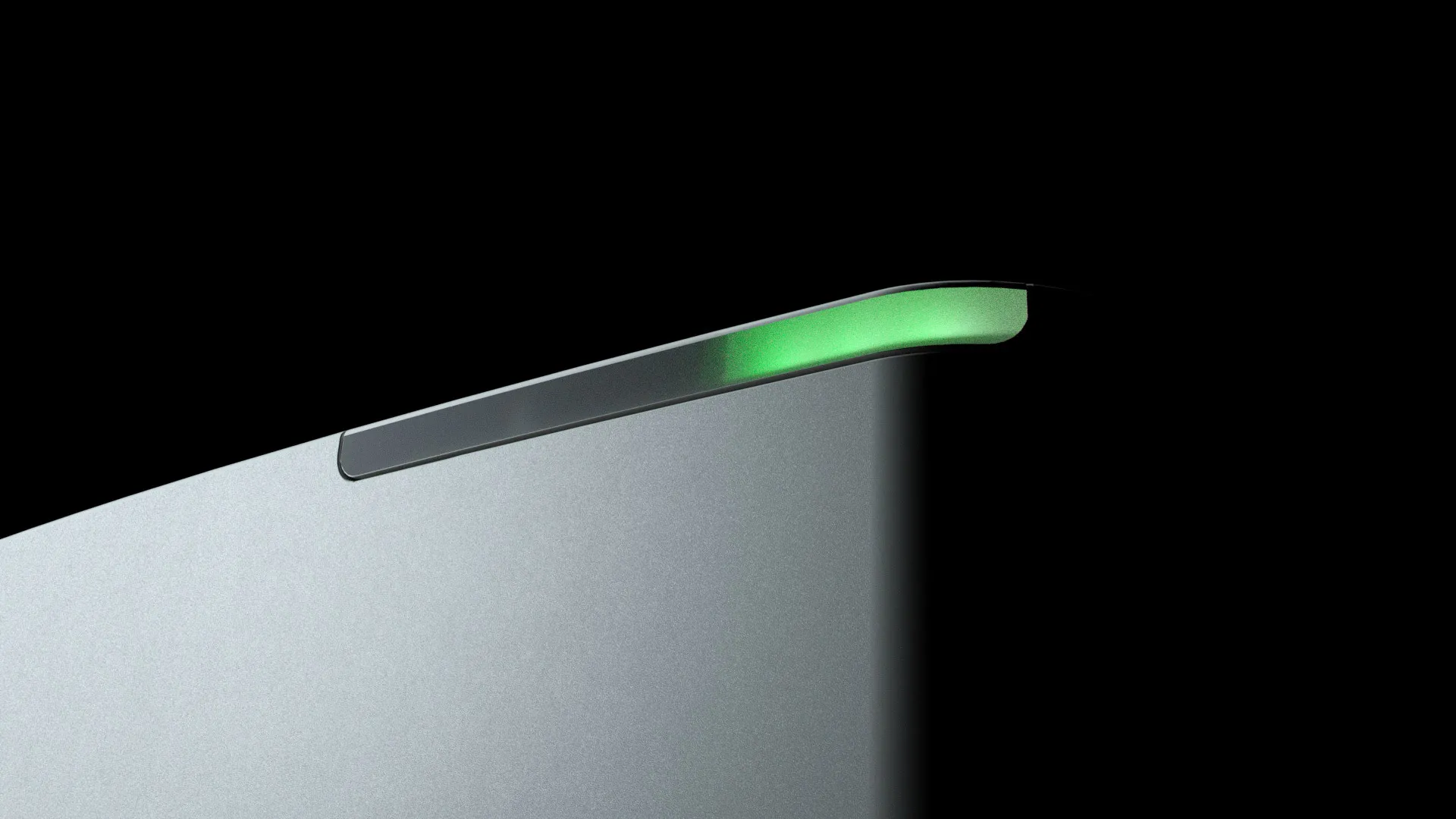
Virus-Like Particle (VLP) Characterization and Analysis with MMS
What Are Virus-Like Particles (VLPs)?
Virus-like particles (VLPs) are biopharmaceuticals designed to mimic true viruses with potential applications against various diseases such as viral and bacterial infections including Hepatitis B, cancer, Alzheimer's disease, and autoimmune disorders. These virus-derived molecules are custom designed to express specific antigens on their surface that elicit an immune response from T and B-cells. Unlike AAVs, they do not contain a payload that must be delivered, but rather are useful in their ability to cause both cell-based and antibody-based immune responses. By affecting the immune system in multiple ways, these molecules have become legitimate candidates in the study and development of vaccines, preventive medicines, and targeted drug and gene therapies. VLPs withstand most environmental stresses and can be produced inexpensively. Like viruses, VLPs are assemblies of one or several types of capsid proteins forming a higher order structure. As a result, analytical characterization of these biopharmaceuticals usually includes quantification of the viral-like protein content, stability and reproducibility measurements as well as higher order structural analysis to verify formation of the assemblies. As a result, spectroscopic analytical tools including IR spectroscopy have long been employed to characterize these biomolecules.
The novel Aurora TX utilizes a quantum cascade laser (QCL) and a microfluidic flow cell to provide quantification, as well as secondary structural characterization of the VLPs via Microfluidic Modulation Spectroscopy (MMS). Combined with other orthogonal analytical characterization tools, this unique approach to mid-IR spectroscopy provides confidence in the identity and stability of the proteins that make up the VLPs with even faster, more automated mid-IR sample analysis. The improved sensitivity provided by the QCL and the real-time background subtraction powered by the MMS technology enables the ultrasensitive detection of the smallest differences in assembly states. The real-time background subtraction of the MMS platform promotes analysis in multiple buffers and formulations across wide concentration ranges. These inherent analytical features of MMS within the Aurora make it an excellent platform for characterizing and quantifying VLPs and their higher-order structures.
Related Resources

